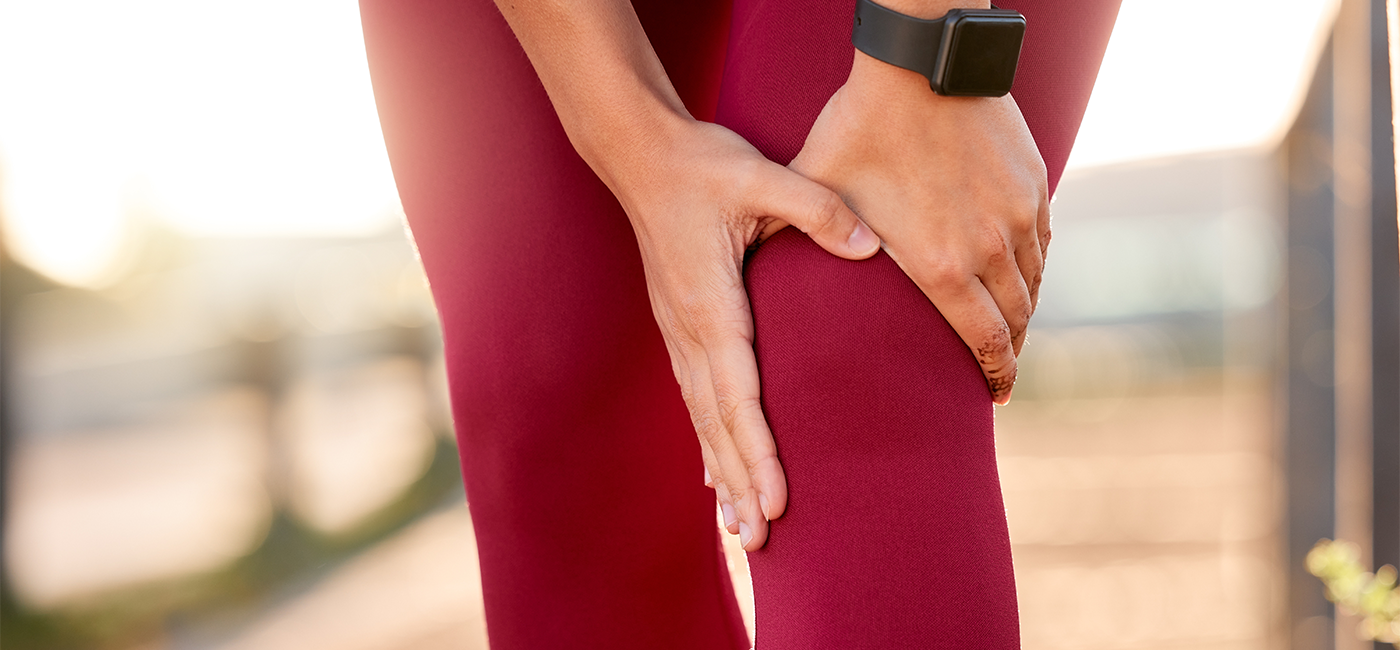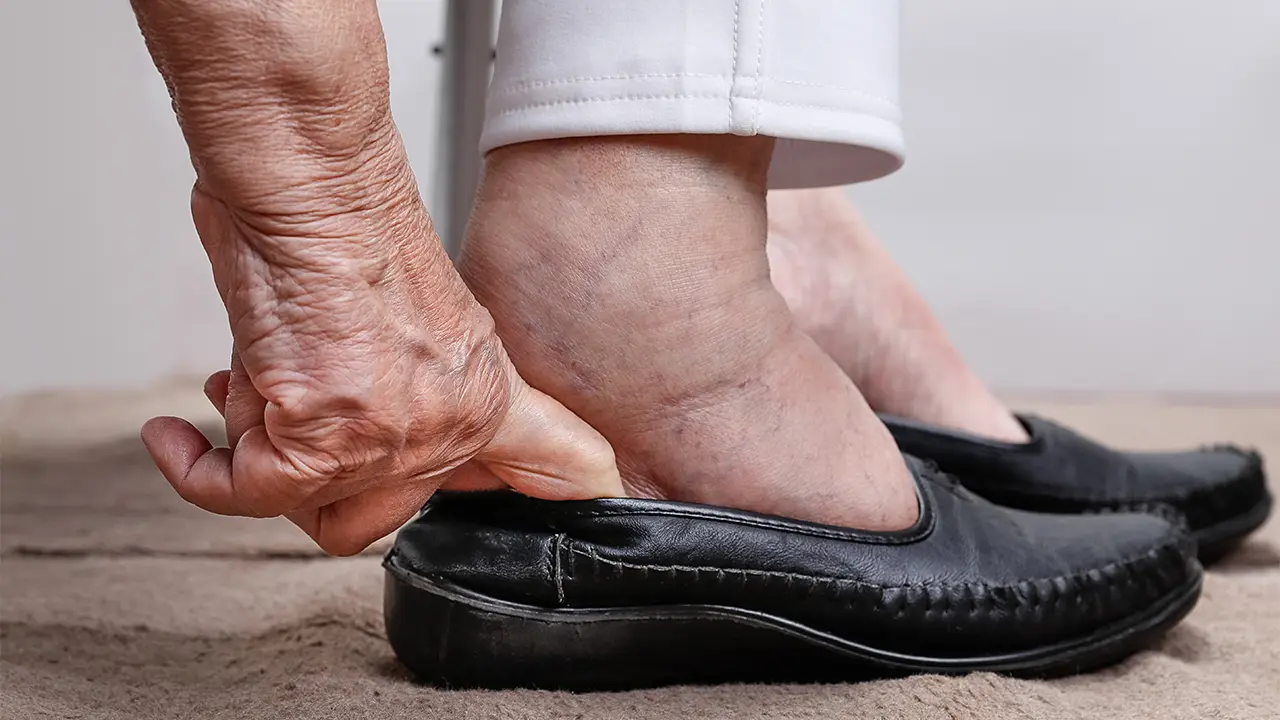Skip to main contentHow Revitive works with your circulatory system to relieve leg pain
More articles you will love

Leg Symptoms
Common Symptoms

Leg Symptoms
Common Symptoms

Leg Symptoms
Common Symptoms

Leg Symptoms
Common Symptoms

Leg Symptoms
Common Symptoms




